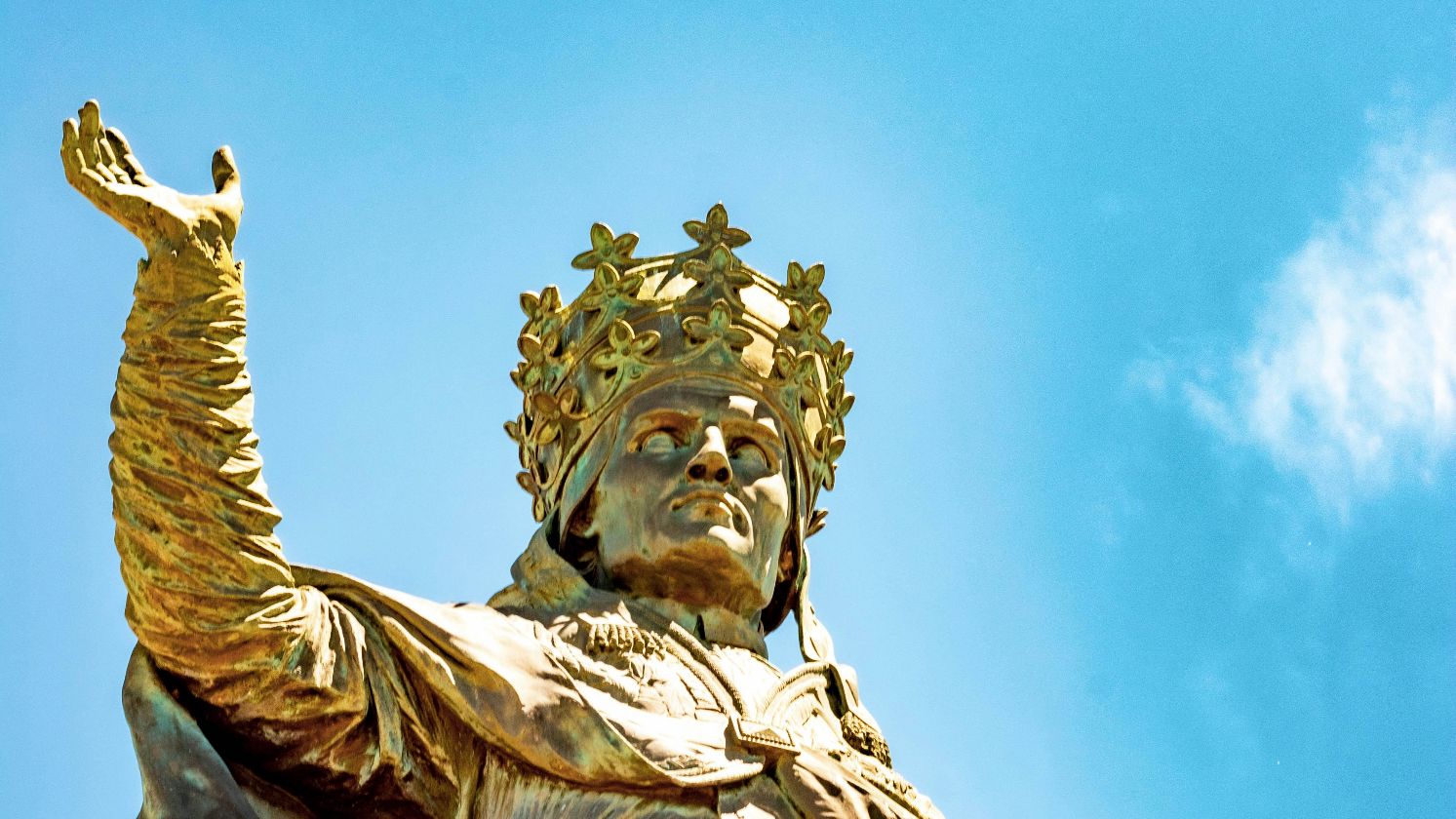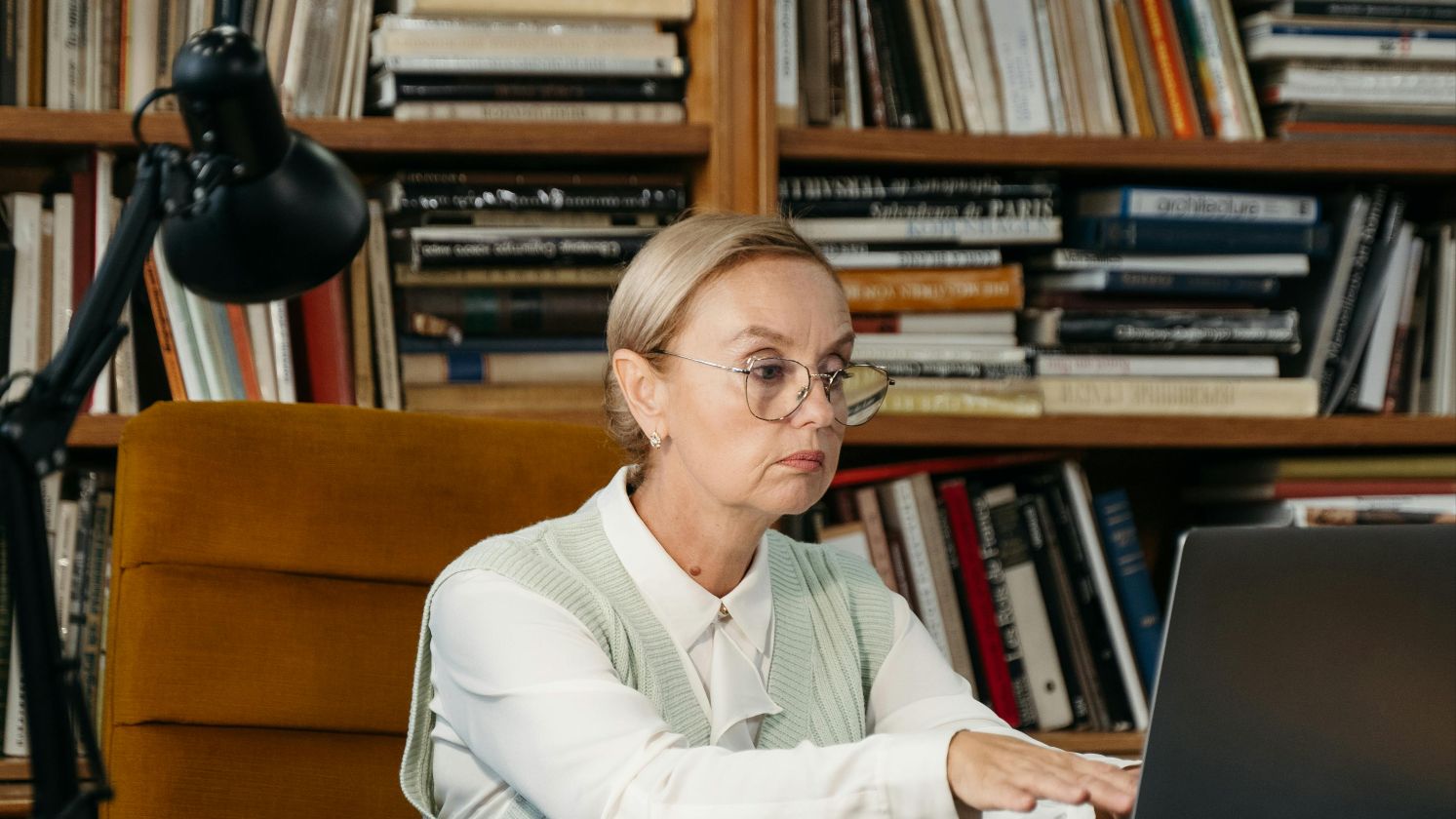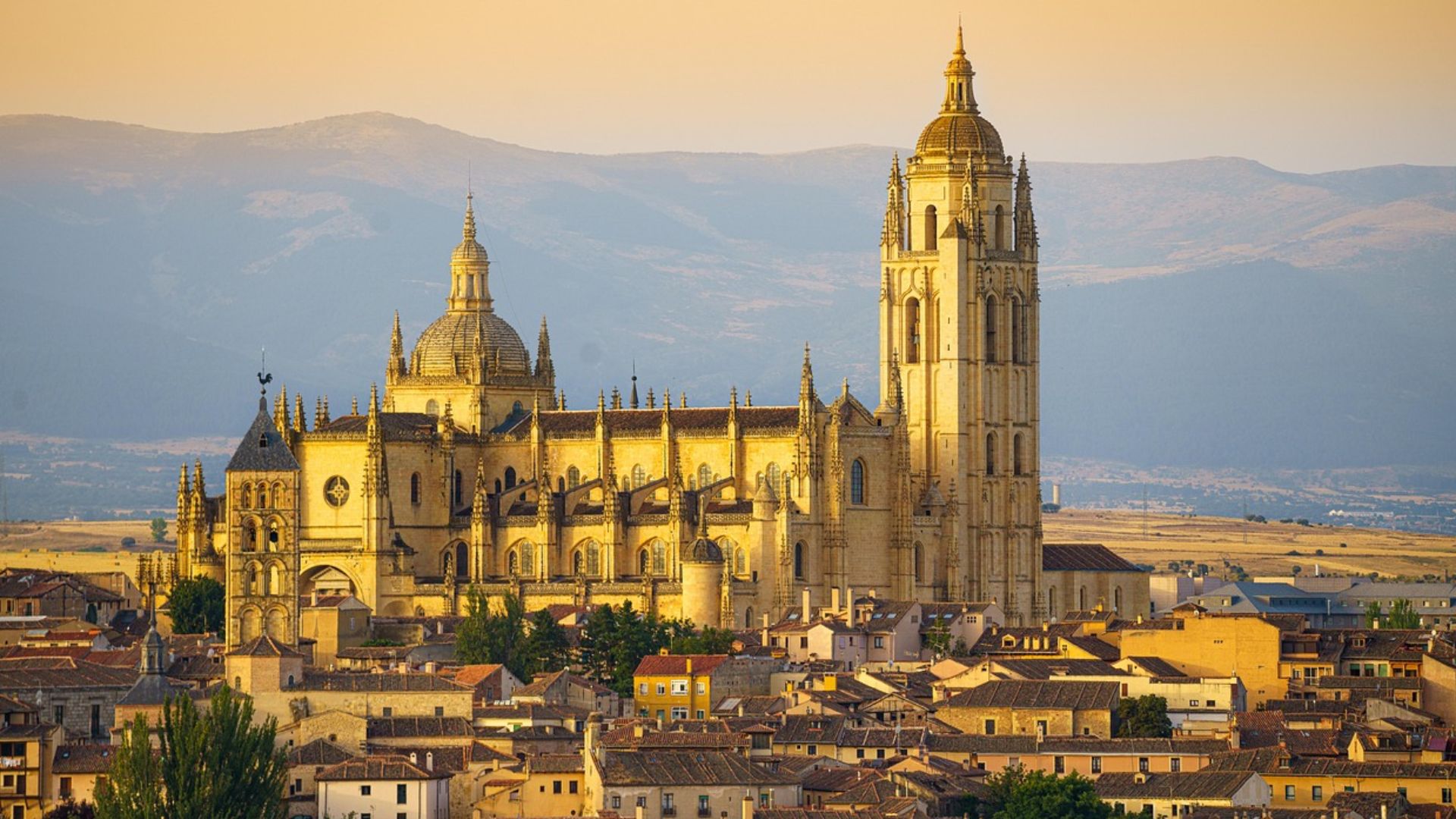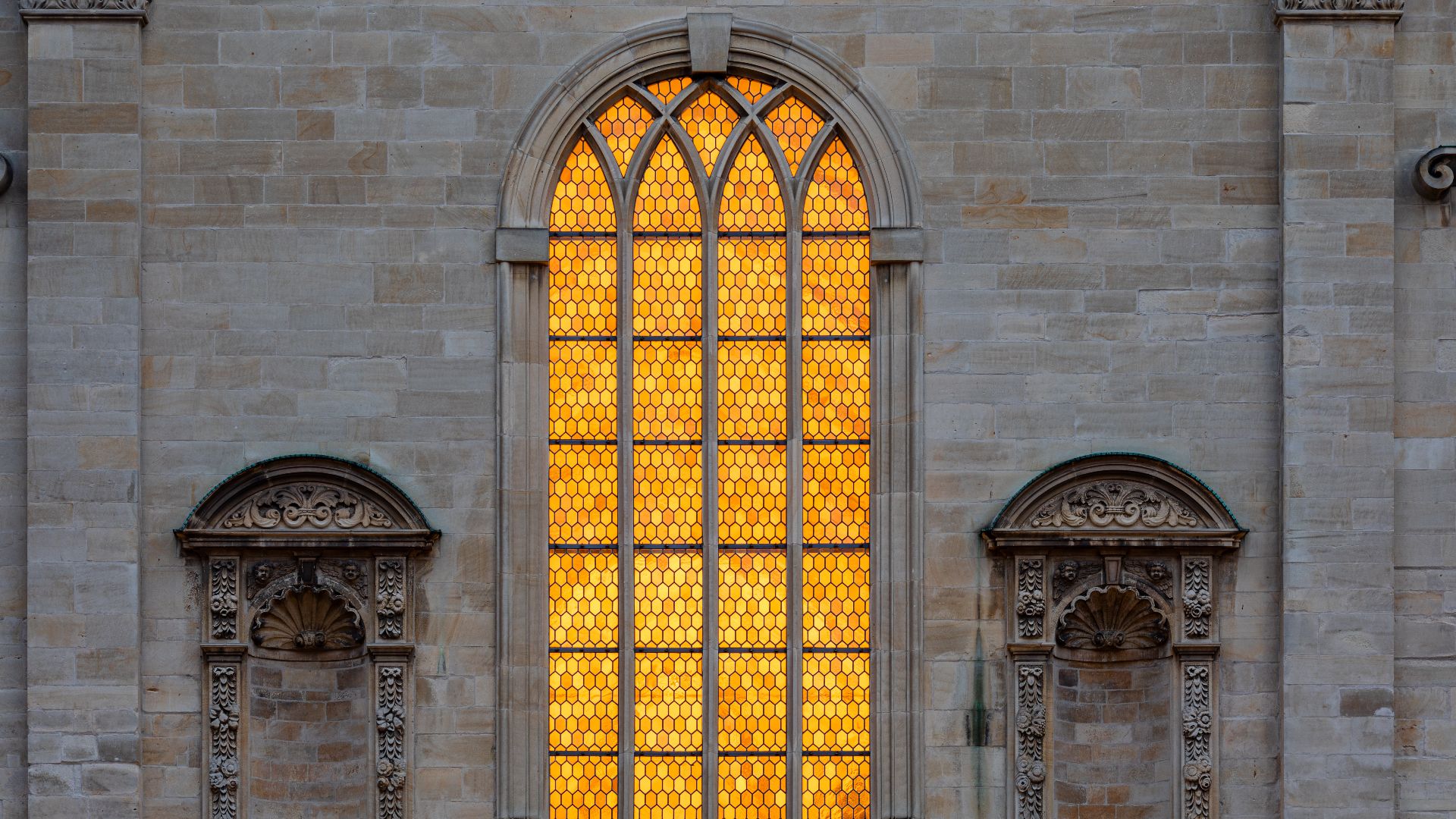When people think of the Renaissance, they often picture soaring cathedrals, brilliant paintings, and the rise of bold new thinkers changing Europe forever. It’s become a symbol of creativity and cultural pride.
But it wasn’t a single moment in time, nor a clean break from the past. It was a mosaic of progress and paradox. Many of the things people think they know about this era are myths that tell us more about modern imagination than historical fact.
So, let’s look into what people always get wrong about the Renaissance and why the real story is far more fascinating.
The Myth Of A Sudden Rebirth
For centuries, we’ve been told that the Renaissance marked the end of the “Dark Ages,” a glorious awakening after a millennium of ignorance. But historians now agree that this idea oversimplifies history. The Middle Ages weren’t nearly as dark as we’ve been led to believe.
Cathedrals, universities, and early banking systems had already reshaped European life long before the 1400s. The thinkers and artists we celebrate (Leonardo da Vinci, Michelangelo, and Botticelli) reinterpreted the past. Their studies of ancient Greek and Roman texts were made possible by medieval scholars who preserved and translated them.
So, rather than a sudden burst of genius, the Renaissance was a gradual dawn. The light rose slowly from centuries of learning and labor. The term “rebirth” captures its spirit, but not its pace.
The Illusion Of A Perfect Golden Age
We speak of the Renaissance as an age of reason. But in truth, it was a time when faith and fascination coexisted in uneasy harmony. The same minds that studied anatomy and astronomy also believed in astrology. Johannes Kepler wrote horoscopes. Even Galileo Galilei practiced astrology before he turned his telescope skyward.
And for all its talk of human dignity, the Renaissance wasn’t a golden age for everyone. Women were largely excluded from artistic and intellectual circles.
Sofonisba Anguissola, one of the first internationally recognized female painters, and Artemisia Gentileschi, known for her powerful depictions of women and her defiance of gender norms, fought uphill battles for recognition.
Another thing people get wrong about the Renaissance is imagining its artists as solitary geniuses, starving for their craft. In truth, most of them were professionals who were well-connected and often handsomely paid.
Leonardo da Vinci worked for dukes and kings. Michelangelo painted the Sistine Chapel under papal commission. Even Botticelli’s most famous works were ordered by the powerful Medici family. Art in the Renaissance thrived in bustling workshops funded by wealth and ambition.
The Truth Beneath The Myths
So, why do we keep misunderstanding the Renaissance? Perhaps because it’s easier to romanticize. We like to think of history in clean arcs, but real history doesn’t move that way.
The Renaissance wasn’t a perfect rebirth, nor a flawless golden age. It was a messy, magnificent turning point of tradition and discovery. And that complexity is exactly what makes it so powerful.
KEEP ON READING

Remembering Pope Stephen VI, The Guy Who Made A Cadaver…
A Godly Man With A Grudge. Jean-Paul Laurens on WikimediaYou…
By Ashley Bast Oct 31, 2025
The 20 Most Historic Battles In American History
Battles That Shook American History. Not every battle is remembered,…
By Chase Wexler May 31, 2025
From School Plays To Starting A Cult: 20 Of The…
The Books That Made Us. Many people will tell you…
By Farva Ivkovic Jan 31, 2025
20 Facts About Jane Grey, The Forgotten Queen Of England
A Quick, Messy, and Tragic Reign. Lady Jane Grey never…
By Maria Cruz Jan 31, 2025
20 Of History's Greatest Forgotten Empires
Rome Wasn't The Only One That Fell. In the annals…
By Emilie Richardson-Dupuis Jul 31, 2025
Not All Hope Is Lost. Here Are Some Career Paths…
Put That Research Brain To Good Use. You want to…
By Breanna Schnurr Oct 31, 2025


